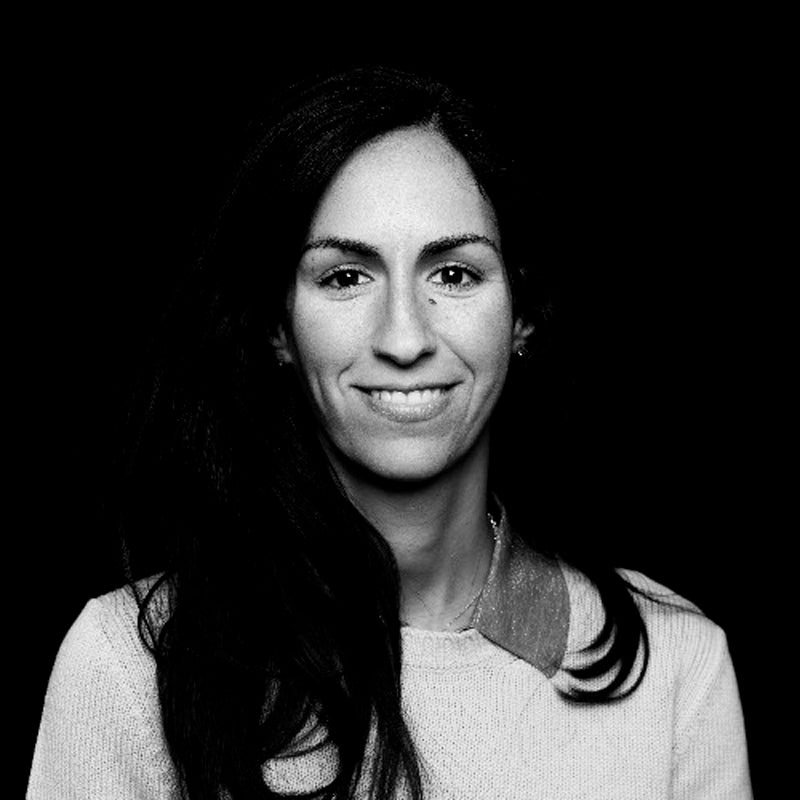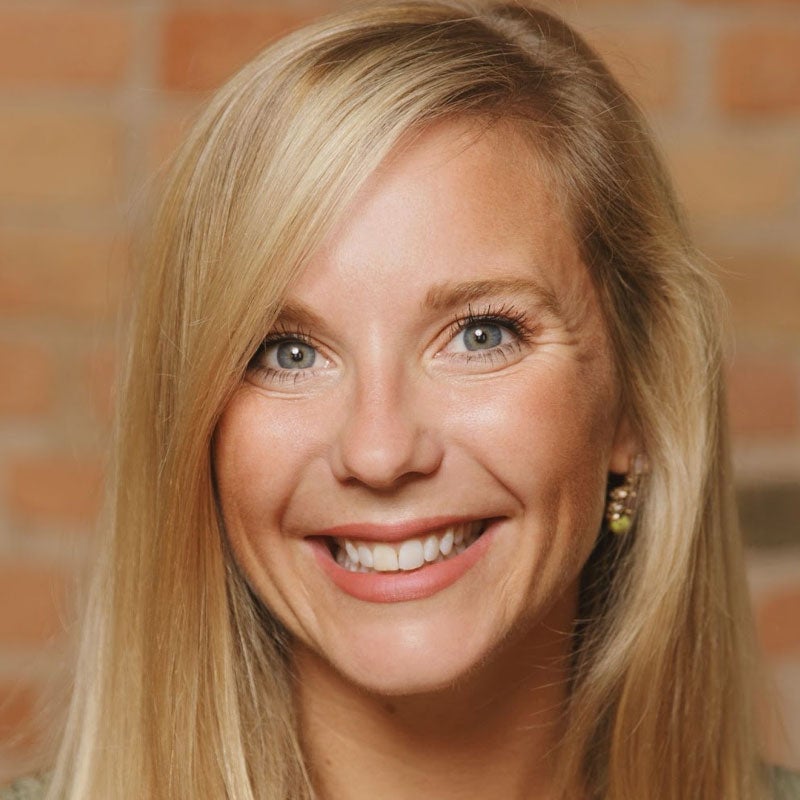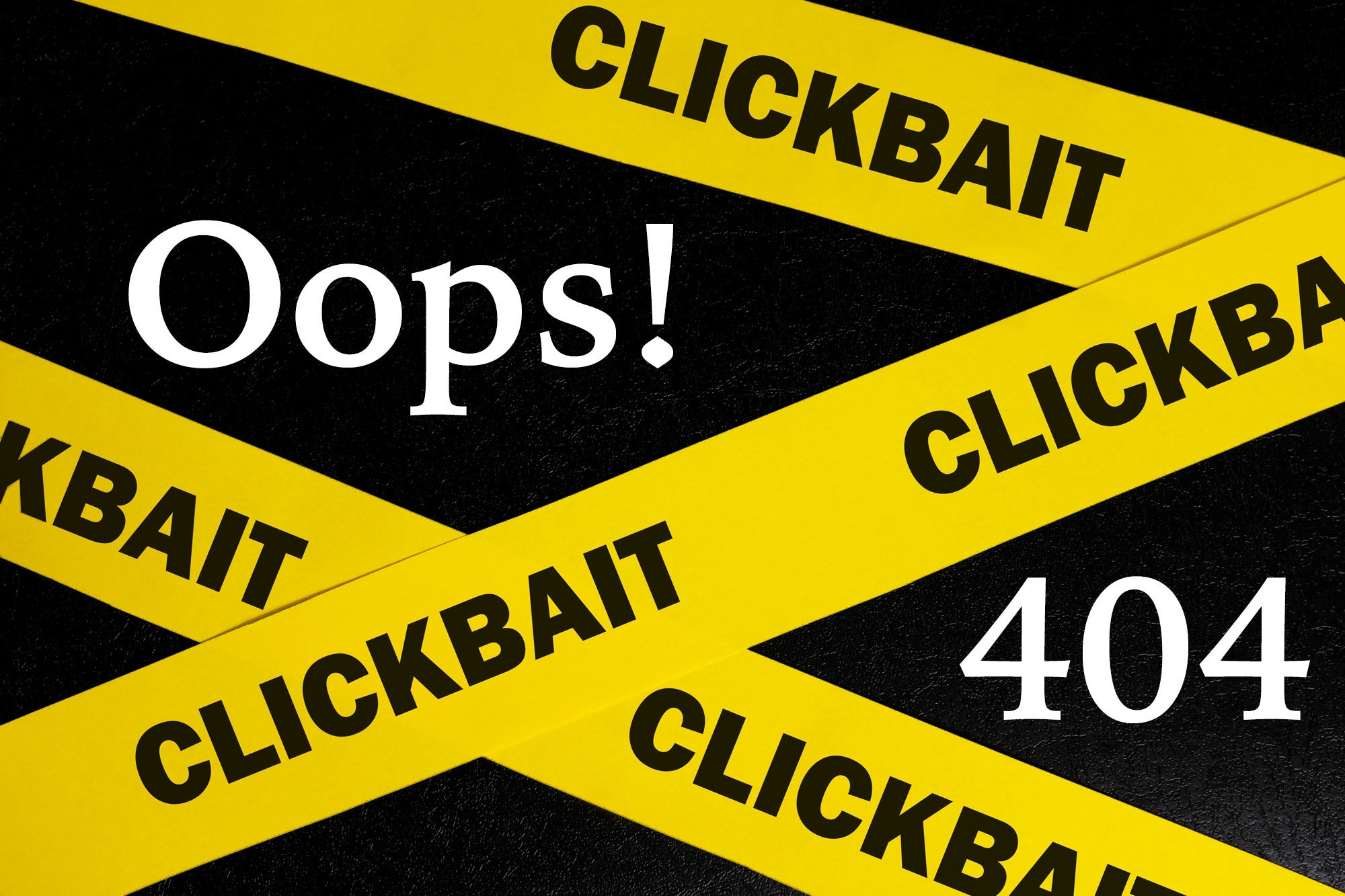

|
 |
| today’s must read |
|
 |
| More from AdExchanger |
 |
Morning Brew On Why It’s Sticking With Direct |
 |
Embracing Incrementality: Navigating Post-Privacy Measurement Challenges |
 |
 |
Here’s today’s news round-up... |
 |
SKAN 4 On The Floor
Apple’s AppTrackingTransparency framework broke mobile attribution and optimization. SKAdNetwork (SKAN) was supposed to be a viable measurement alternative, but has fallen short despite several updates, writes Eric Seufert at Mobile Dev Memo.
Now it looks like the latest version, SKAN 4.0, can be called a failure.
This means mobile marketers are still dependent on measurement partners using IP addresses for attribution – despite Apple also trying to phase out IP-address-based fingerprinting.
Why did SKAN 4 fail?
For one, it’s overly complicated. Advertisers end up defaulting to attribution methods that Apple is simultaneously trying to make obsolete, writes Zynga’s Nebojsa Radovic. Even when advertisers use SKAN 4, Radovic adds, they still need a measurement vendor to make sense of its complicated system of anonymized postbacks.
SKAN 4 requires widespread adoption among app install platforms to be successful, Seufert writes. But adoption thus far is “negligible.”
Meta’s initial support for SKAN 4 boosted adoption. But Meta temporarily reverted back to SKAN 3 last year after a reporting bug, and now appears to have withdrawn support for SKAN 4.
Agen-See You Later, More Like
LinkedIn engagement bait?
We’ll bite.
Danny Weisman, head of planning at indie media agency Noble People, captures the simmering resentment – not to say rage – that creative and media shops have for Google right now.
“The new party line of platforms like Meta and YouTube is to create as many assets as humanly possible and let the ‘algorithms’ do the work [of] finding the right combinations to the right audiences,” Weisman posts. “As a result, I’ve heard from multiple creative partners in recent months of teams burying them in requests for all shapes and sizes to see ‘what works’ in social, YouTube, etc.”
What he’s describing is the dynamic created by Google’s Performance Max and Meta’s Advantage+ Shopping Campaigns. The platforms need flexibility to serve ads across different mediums and formats.
Google and Meta are also publicly pushing and pursuing auto-generated creative. In this scenario, agencies aren’t just another supply-chain mouth to feed; they’re an obstacle that slows down the campaign creation process.
Creative agencies are on overdrive producing content at the behest of platform algorithms, according to Weisman. But those algos will turn on the agencies once the platforms can effectively auto-generate creative on their own (thanks, of course, to all the work agencies put in).
Lists Of Lists
The Trade Desk has crowned a list of the top 100 publishers, Adweek reports.
The pubs on this list are pulled from a larger TTD-curated list – the SP500+ – that hasn’t been published yet.
TTD’s qualifications for making the list are vague, and those cited don’t intuitively match the top consumer sites. That’s because this list is constructed for advertisers. Whether a publisher is well-trafficked and respected counts, but so does ad density and log file transparency.
The list also represents TTD’s ambition. The DSP primarily buys display ads, yet the top 100 list is all about connected TV. Hulu, Disney+, ESPN and National Geographic are in the top 8, despite being Disney properties that often share the same app and/or Disney+ streaming site.
Random TV bundles like LG Channels, the Roku Channel and Samsung TV Plus, which come free with the hardware, are also highly ranked. The only text-based publishers in the top 50 are The Australian (a News Corp newspaper and inexplicably TTD’s highest-ranked news publisher), The Guardian and CarGurus, which is only really valuable for auto advertisers.
Spotify, Pandora and iHeartRadio make up the streaming audio contingent.
But Wait, There’s More!
The Atlantic and Vox Media have both inked separate licensing and product deals with OpenAI. [Axios]
As X’s turbulence continues, can alternative social platforms catch marketers’ attention? [Digiday]
AI is making product placement easier. Here’s why some companies are opting out. [Marketing Brew]
You’re Hired!
Chris Gadek takes the helm at AdQuick. [release]
Chris Rayner joins Newsweek as head of agency relations and business development. [release]
Email intelligence provider AtData hires Brian Burke as VP of product. [release]
 |
 |
| This week’s adexchanger podcasts |
 |
|
|

|
